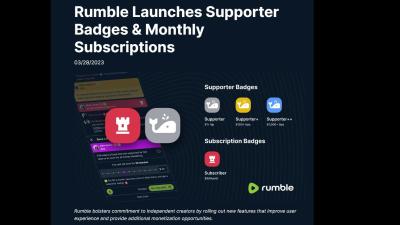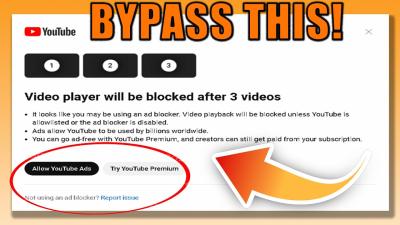Have you ever applied for a job on LinkedIn, only to realize later that it wasn’t the right fit for you? You're not alone! Withdrawing your job application can feel daunting, but sometimes it's the best decision for your career. In this guide, we'll walk you through the process and help you understand why it's essential to do so gracefully.
Understanding the Importance of Withdrawing Applications

Withdrawing a job application might seem like a minor action, but it has significant implications for your professional image and future opportunities. Let’s explore why this step is crucial.
1. Maintaining Professional Relationships:
When you withdraw your application, you're communicating respect to the hiring team. It shows that you value their time and effort. Consider this: you may want to apply to the same company in the future. By handling your withdrawal professionally, you leave a positive impression, increasing the chances of a favorable response next time.
2. Clarity for Employers:
Companies invest considerable time and resources in the hiring process. When they receive applications, they begin to evaluate and shortlist candidates. By withdrawing, you help them refocus their efforts on candidates who are genuinely interested. This clarity can speed up their hiring process and ensure they find the right fit quicker.
3. Personal Reflection and Career Alignment:
Withdrawing your application can also serve as a moment of self-reflection. It allows you to assess whether the job aligns with your career goals or if another opportunity might be a better fit. Ask yourself:
- Does this position align with my long-term career aspirations?
- Am I genuinely excited about this opportunity?
- Are there red flags that make me hesitant about this role?
Taking the time to consider these questions ensures you're not just jumping at any opportunity, but rather pursuing the right one.
4. Managing Your Mental Well-being:
Job searching can be stressful, and the pressure to accept any job offer can lead to unhealthy decisions. If you feel overwhelmed or uncertain about a role, withdrawing your application can relieve that pressure. It’s okay to prioritize your mental and emotional well-being. Remember, a job should enhance your life, not add to your stress!
In summary, withdrawing your job application on LinkedIn isn't just about saying "no" to a job; it's about making a thoughtful decision that can positively impact your career. By understanding the importance of this action, you empower yourself to navigate your job search more effectively and align your professional goals with your aspirations.
Also Read This: Does LinkedIn Show Read Receipts? Understanding Message Tracking
3. Step-by-Step Process to Withdraw Your Application
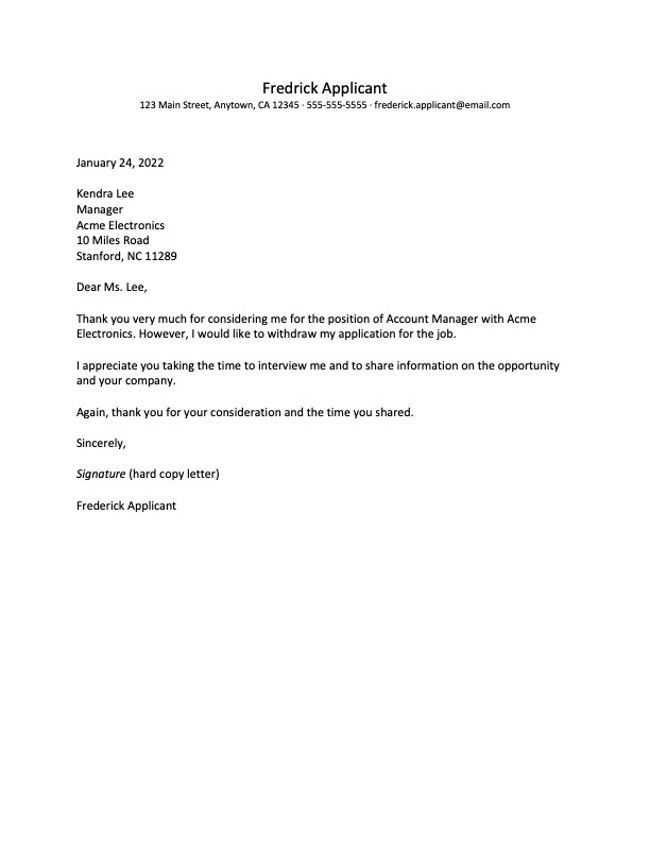
Withdrawing your job application on LinkedIn is a straightforward process, but it's important to do it correctly to maintain professionalism. Here’s a simple step-by-step guide:
- Log into Your LinkedIn Account: Start by logging into your LinkedIn account. Make sure you're using the same account through which you submitted your application.
- Navigate to the Jobs Section: Click on the 'Jobs' icon at the top of your LinkedIn homepage. This will take you to all job-related activities.
- Access Your Applications: Look for the 'My Jobs' tab on the left side of the page. Click it, and you’ll find a list of jobs you’ve applied for.
- Select the Job: Find the job application you wish to withdraw. Click on it to view the details.
- Withdraw Application: On the job details page, look for the option that says “Withdraw application” or “Withdraw your application.” Click on this option.
- Confirm Withdrawal: LinkedIn may ask you to confirm that you want to withdraw your application. Take a moment to reconsider, and if you’re sure, click “Confirm.”
And that’s it! Your application will be withdrawn, and you can continue your job search without any lingering feelings of uncertainty. Remember, it’s perfectly fine to change your mind during the job search process.
Also Read This: Can LinkedIn Premium Users See Anonymous Viewers? What to Know About Privacy
4. Common Reasons for Withdrawing a Job Application
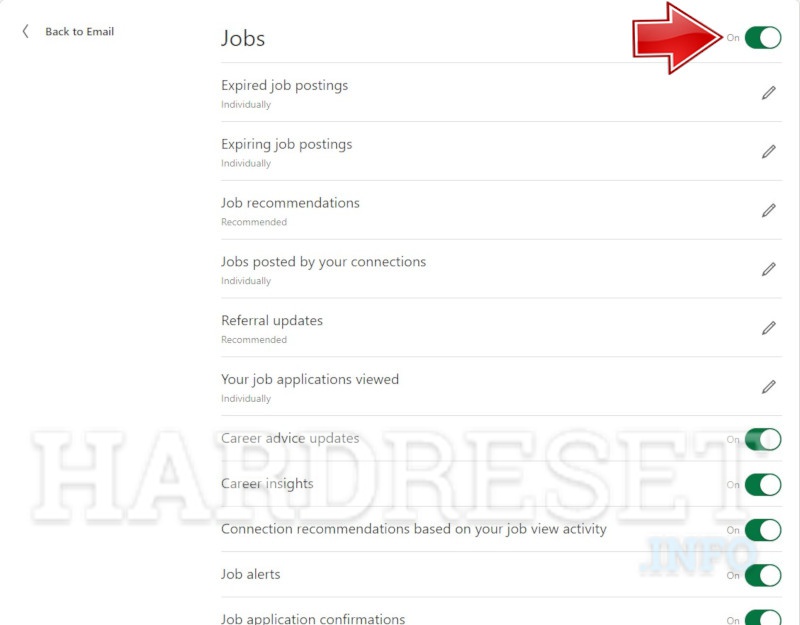
Deciding to withdraw a job application can feel daunting, but there are several legitimate reasons why you might choose to do so. Here are some of the most common:
- Found a Better Opportunity: It’s perfectly acceptable to withdraw your application if you’ve come across a job that aligns better with your career goals or offers more attractive compensation.
- Changed Your Mind: Upon reflection, you might realize that the role doesn’t fit your skills or interests as well as you initially thought. Trusting your gut is important!
- Personal Reasons: Sometimes life throws curveballs—family emergencies, health issues, or other personal matters might require your immediate attention, making it impractical to pursue a new job right now.
- Job Market Changes: If there are significant shifts in your industry or job market that could affect the role, withdrawing may be a prudent choice.
- Company Culture Concerns: If you’ve done more research and discovered that the company’s culture doesn’t resonate with your values, it’s wise to step back.
Understanding your reasons can help clarify your decision and keep your job search focused on opportunities that truly excite you. Remember, withdrawing an application is not a failure—it’s an act of self-awareness and career management. Embrace the journey!
Also Read This: Which Book App Wins in 2025? A Smart Guide to Headway vs Blinkist
5. Tips for Future Job Applications on LinkedIn
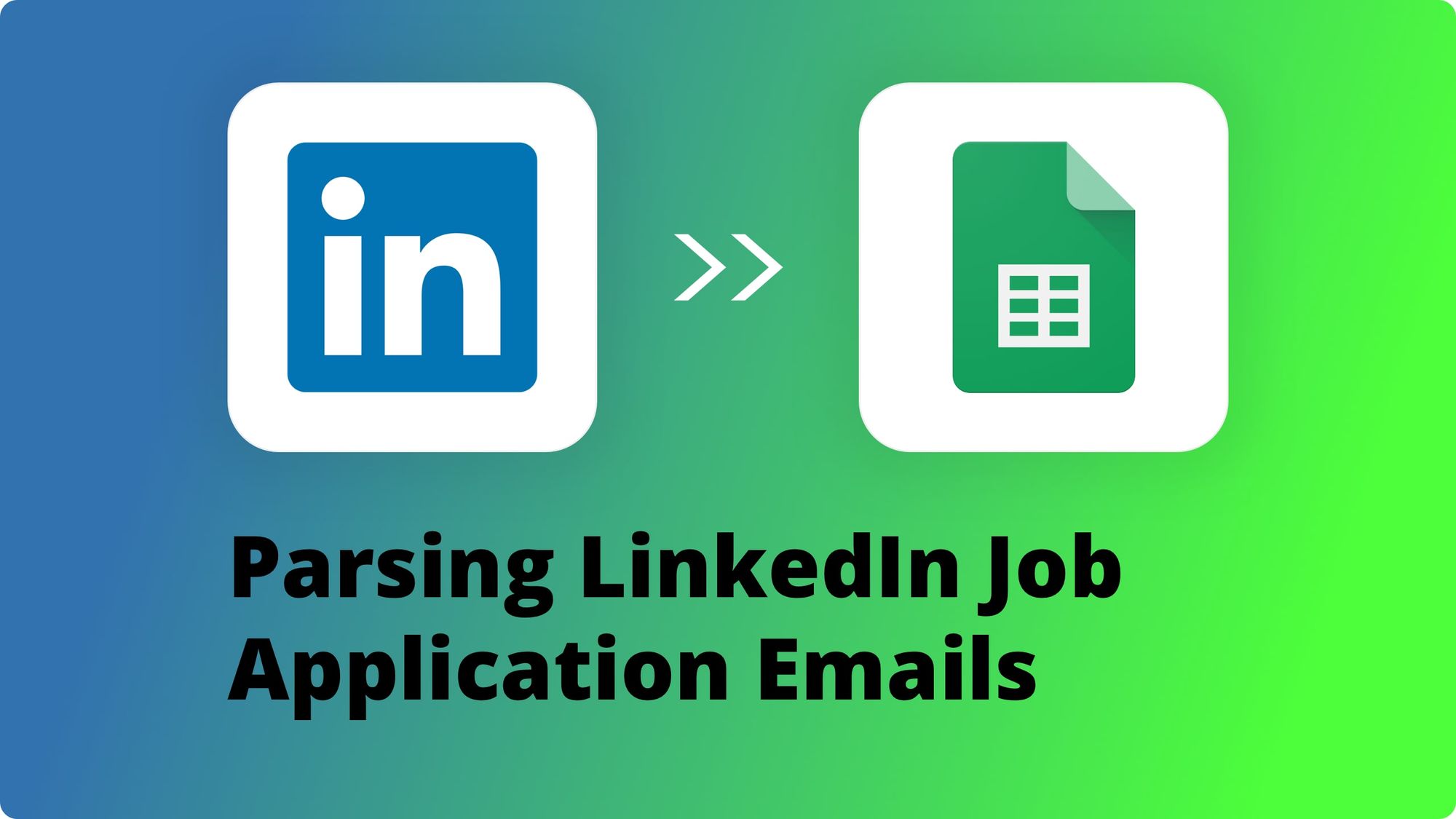
Now that you’ve navigated the delicate process of withdrawing your job application, it’s wise to reflect and plan for your future job hunting endeavors on LinkedIn. Here are some friendly tips to help you stand out and make the most of your next applications:
- Keep Your Profile Updated: Regularly update your LinkedIn profile with new skills, experiences, and accomplishments. A polished profile not only attracts recruiters but also ensures that you present your best self at all times.
- Tailor Your Applications: When applying for jobs, customize your resume and cover letter for each position. Highlight relevant experiences and skills that align closely with the job description. This shows employers that you’re genuinely interested in their role.
- Engage with Industry Content: Share articles, comment on posts, and engage in discussions related to your field. This not only showcases your expertise but also helps expand your network, making you more visible to potential employers.
- Leverage Recommendations: Ask former colleagues or supervisors for recommendations on your profile. A strong endorsement from someone in your industry can significantly boost your credibility.
- Network Wisely: Connect with professionals in your desired field. Attend LinkedIn events or webinars to meet new contacts and learn about job openings that might not be advertised publicly.
Remember, each application is a chance to learn and improve. Take time to reflect after each submission. What worked? What didn’t? This self-assessment can refine your approach and increase your chances of landing your dream job.
6. Conclusion
Withdrawing a job application may feel daunting, but it’s a step that shows thoughtfulness and professionalism. By following the guidelines provided, you can ensure that your decision is well communicated and respectful to all parties involved. Moreover, as you move forward in your job search, keep the tips in mind to enhance your LinkedIn presence and application strategy.
Your journey through the job market is unique, and with each experience, you grow closer to finding the right fit for you. So, stay positive, keep refining your approach, and remember that the right opportunity is just around the corner!
Happy job hunting, and may your next application process be smoother and more rewarding!
 admin
admin





